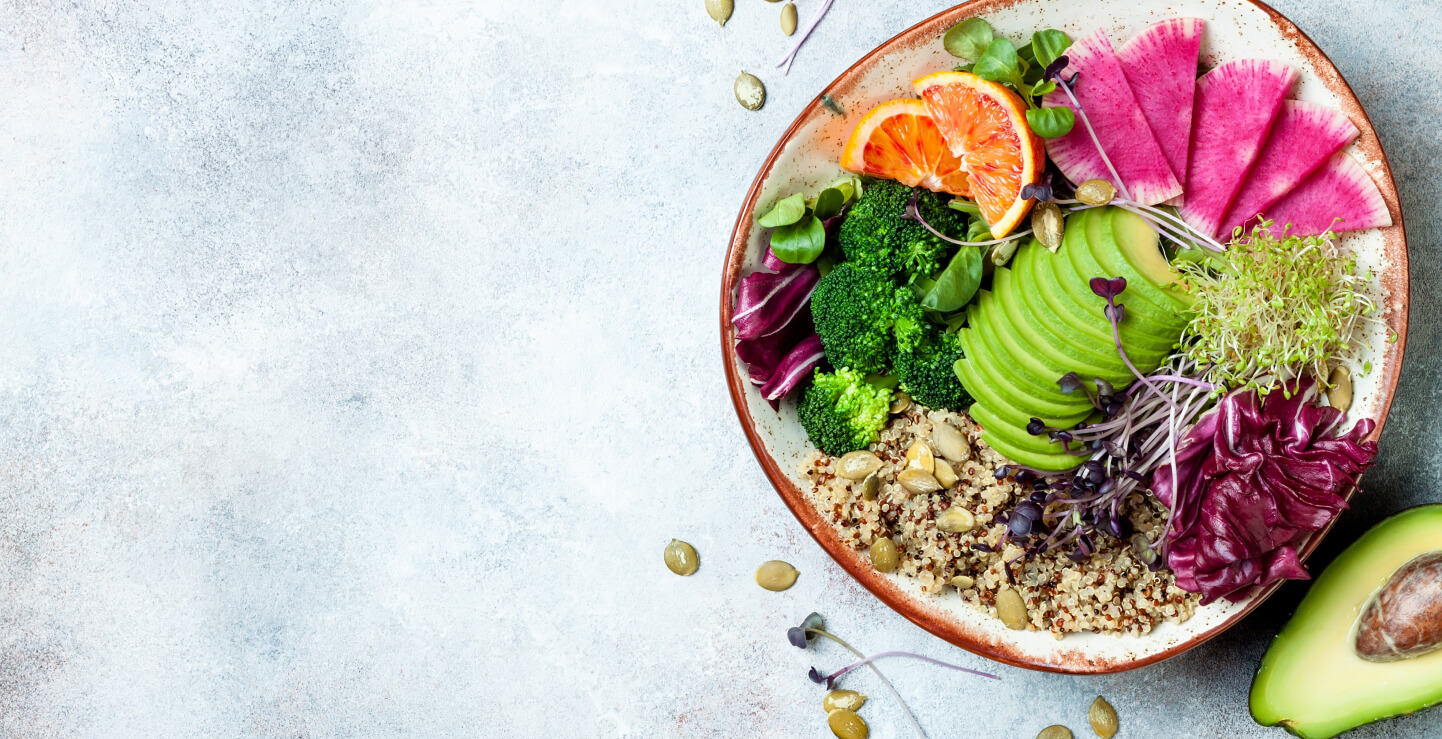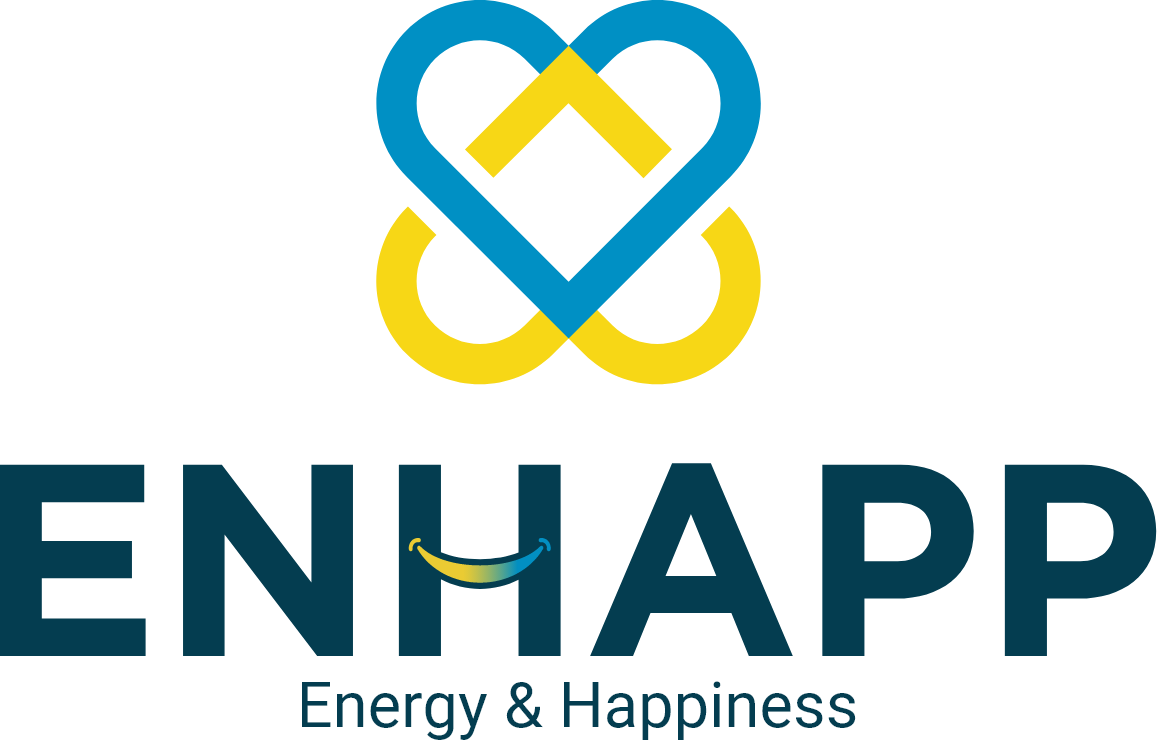Cholesterol is a waxy, fat-like substance found in all the cells in our body. The human body requires healthy levels of cholesterol in order to make hormones, vitamin D, and substances that help digest foods. Our bodies make all the cholesterol optimally required by us. Foods from animal sources, such as egg yolks, meat, and cheese, contain a good amount of cholesterol.
Increase in the levels of cholesterol in the blood can cause it to combine with other substances in the blood to form plaque. Plaque sticks to the walls of your arteries, slowly building up. The gradual accumulation of plaque in artery walls is known as atherosclerosis, and it can further lead to coronary artery disease, resulting in your coronary arteries becoming narrowed or even blocked in severe cases.
HDL, LDL, and VLDL – A Brief Description
HDL, LDL, and VLDL are a combination of fats (lipids) and proteins, and are termed as “lipoproteins”. The lipids attached to the proteins enable them to move through the blood. Different types of lipoproteins have different purposes:
- High-Density Lipoprotein (HDL), is usually called the “good” cholesterol since it transports cholesterol from other parts of your body back to your liver by binding with it. Your liver then removes the cholesterol from your body.
- Low-Density Lipoprotein (LDL), is termed as the “bad” cholesterol since an increase in LDL levels leads to the accumulation of plaque in your arteries.
- Very Low-Density lipoprotein (VLDL) is stated by some people to be a “bad” cholesterol because it too contributes to the accumulation of plaque in your arteries. But VLDL and LDL function differently; VLDL mainly carries triglycerides and LDL mainly carries cholesterol.
Whenever we decide to observe the impact of cholesterol on health, the focus is always on the “good” high density lipoprotein (HDL) and the “bad” low density lipoprotein (LDL). But there’s much more to cholesterol than just two simple numbers, researchers say.
While HDL and LDL are still lipids that your health professional will continue to monitor, scientists now understand that those two major lipoprotein measurements can be broken down into many smaller measurements. And it’s those subgroups that now provide a far more accurate picture of your cardiovascular disease risk.
Looking at HDL in Detail
We already know that it is good to have high levels of HDL cholesterol in blood, because it helps transport LDL cholesterol out of the body. But you probably don’t know that 14 different subgroups of HDL have been identified, like HDL 2a, HDL 2b, HDL 3a, and so on.
The HDLs with a “3” in their name are very small particles, while the ones with a “2” are larger and full of cholesterol. The larger HDLs, especially the 2b, are intriguing because they appear to be responsible for eliminating of 80 percent of LDL cholesterol from your body. There are no set guidelines for ideal levels of HDL 2b yet, however, studies suggest that cardiovascular benefits are noticeable when HDL 2b in blood levels stands at least 20 percent of total HDL in men and at least 30 percent in women.
The Impact of LDL
There are also several subclasses of “bad” LDL. Those labelled I, IIa, and IIb don’t appear to be much of a concern because they’re very big particles and can’t fit into crevices in arteries, leading to an increased risk of cardiovascular disease. However, those labelled IIIa, IIIb, IVa, and IVb are much smaller and can fit into the tiny arterial crevices, possibly increasing the risk of cardiovascular disease. Scientists are not yet able to specify a lipoprotein level for these subclasses that would be considered harmful.
You can find out your cholesterol subgroup numbers through a simple blood test, though not all doctors regularly include this screening. Still, we need to keep in mind that specific treatments for improving these subgroup numbers don’t yet exist beyond what already could be done to raise total HDL and lower total LDL.
Here are some strategies to raise “good” HDL and lower “bad” LDL levels and promote heart health:
- Aerobic activity. Aim for at least 30 minutes almost every day.
- Healthy fats. Replace unhealthy saturated and hydrogenated fats found in butter, stick margarine and animal fat, with healthy unsaturated and omega-3 fats found in canola oil, olive oil, nuts and salmon.
- Moderate alcohol. Keep it to no more than one drink a day for women and no more than two for men.
- Opt for a fiber-rich, plant-based diet to reduce cholesterol.
- Enjoy lots of whole grains, fruits, veggies, legumes, nuts and seeds every day.
- Maintain a healthy weight. Extra weight can wreak havoc on your lipid levels.
High Cholesterol and Obesity
Understanding why some people have high cholesterol and some do not, corresponds a lot with the interplay of your genes along with the environment you’re exposed to. What you eat and how much you exercise combine to form a baseline risk for developing high cholesterol. If you eat a diet that is high in fat, like high-fat meats, fried foods and high-fat cheeses, you are increasing your risk of both obesity and high cholesterol.
High Cholesterol and Weight Loss
Some people who reportedly have high cholesterol are observed to be at a healthy weight. But, changing your diet to include healthier alternatives and following a routine exercise program can help you lower your cholesterol. In the face of obesity and high cholesterol, losing weight should help lower cholesterol levels, and additionally lower your risk for other obesity-related conditions including diabetes and cardiovascular disease.
Some Diet Tips for Lower Cholesterol
Lowering cholesterol levels requires much more than just changing your food habits, it is also heavily dependent on how much you eat. Being overweight increases your risk of having high levels of LDL (bad cholesterol), and low levels of HDL (good cholesterol). Usually, just the process of losing weight can help you lower your cholesterol. Here are some tips to help you on your weight loss journey:
- Follow a strict dietary routine to lower your cholesterol levels. ENHAPP provides you with custom-designed health and wellness packages to help you maintain a healthy weight.
- Carefully monitor your calorie intake. A single packet of pasta contains only 330 calories a serving, but it is also important to notice that there are three servings in a pasta package.
- Take a ‘snacks between meals’ approach to your diet. As a matter of fact, eating five or six small meals a day instead of three large ones can help you avoid feeling hungry between meals and overeating. Stock up on healthy snacks like carrots, apples, and blueberries, which are considered as ‘superfoods’ for health.
- Move away from white breads, bagels, and regular pastas, towards whole wheat varieties on your diet to lower cholesterol. They tend to be lower in calories, and they have more heart-healthy fiber.
- Cut back on soda, juice, and alcohol. Hydrate with water instead. If you must drink soda, a switch to diet soda will save you hundreds of calories.
- Inconsiderately snacking after dinner adds many ‘empty calories’ to your dieting regime. Refrain from snacking in the kitchen – say, two to three hours before you go to bed, and don’t be tempted to open the fridge or the cupboards post-dinner.
ENHAPP implements an approach to lower cholesterol that includes making small changes to your diet and exercise habits. Instead of changing your total intake of calories, suggestions are made about changes you can adopt to regarding the types of foods you eat, which contributes to healthier cholesterol levels. However, if you do have extra body fat, studies suggest that weight loss helps reduce LDL and triglyceride levels, while increasing HDL levels. Exercise can also help in increasing HDL levels, as well as consuming more omega-3s, the good kind of fat.




